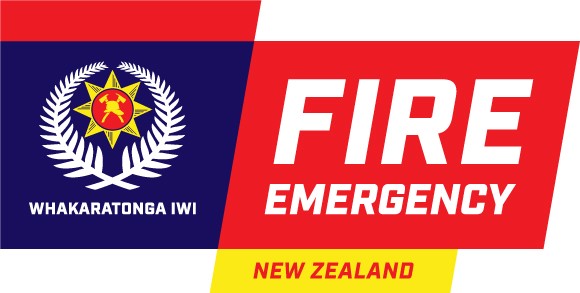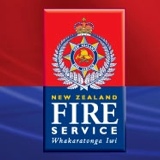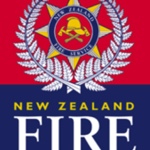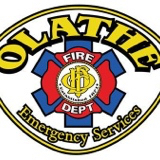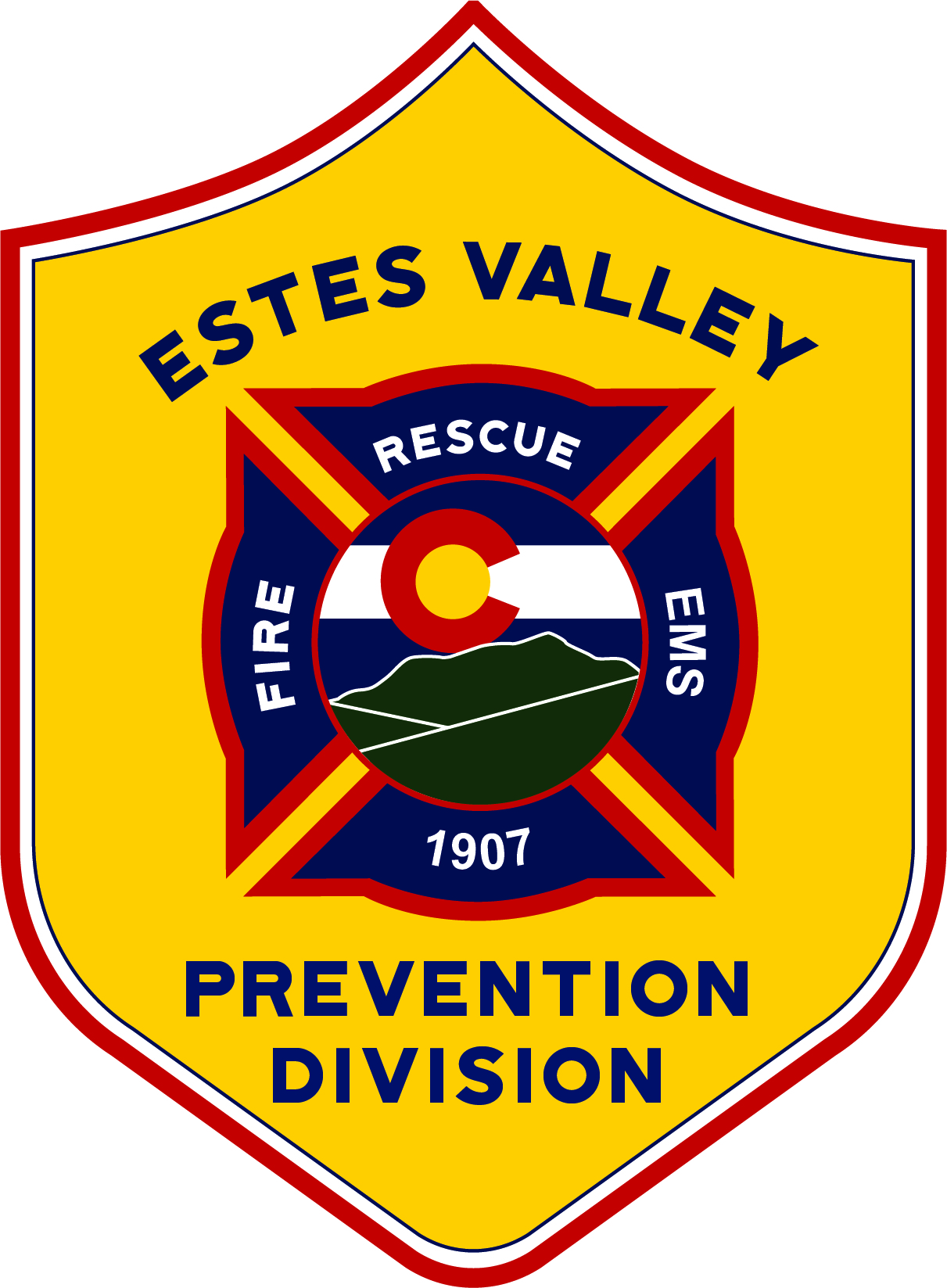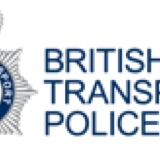Information
-
Document No.
-
Audit Title
-
Client / Site
-
Conducted on
-
Prepared by
-
Location
-
Personnel
General questions
-
Minor Injury Log
-
Safety meeting minutes
-
Monthly facility inspetions
Emergency action plan
-
Annual Review of the emergency Action Plan - 29 CFR 1910.38(e), GSM 03 Section 08 Fire Prevention - 5.12
-
EAP containing emergency reporting, evacuation, and accounting for all employees following an evacuation. 29 CFR 1910.37 GSM 03 Section 08 Fire Prevention - 5.6
-
Exit routes maintained free and unobstructed. 29 CFR 1910.36
-
Each exit clearly visible and marked by a sign reading "exit". 1910.37(b)(2)
-
Each exit route adequately illuminated. Each exit sign must be illuminated. 29 CFR 1910.37(b)(2)
-
Persons aware what is expected in emergency situations to provide for their safety during fire or other emergencies. 29 CFR 1910.38 and 1910.39 (Appendix to Subpart E)
-
Signs must posted indicating the direction of travel to the nearest exit and exit discharge. Line-of-sight to an exit sign must clearly be visible at all times. 29 CFR 1910.37(b)(4)
-
Aisles and passageways kept clear and in good repair, with no obstruction across or in aisles that could create a hazard. Permanent aisles and passageways shall be appropriately marked. 29 CFR 1910.176(a)
Fire prevention
-
Portable fire extinguishers must be visually inspected monthly. An annual, documented, maintenance check is required and documented (1 year). 29 CFR 1910.157(e) GSM 03 Section 27 Fire Extinguishers - 7.1
-
Fire extinguishers must be located, mounted, and identified so that they are readily accessible. 29 CFR 1910.157(c)(1)
-
Storage areas kept free from accumulation of materials that constitute a fire hazard. 29 CFR 1910.176(c)
-
Persons must be informed of the fire hazards to which they are exposed. 29 CFR 1910.39(d)
-
Safety instruction signs are to be used where there is a need for general instructions and suggestions relative to safety measures. 29 CFR 1910.145(c)
-
Cabinets shall be labeled in conspicuous lettering, "Flammable - Keep Fire Away." 29 CFR 1910.106(d)(3)(ii)
Housekeeping and passageways
-
Storage of materials may not create a hazard. Materials must be stacked, blocked, interlocked, and limited in height so that they are stable and secure against sliding or collapse. 29 CFR 1910.176(b)
-
Walking and working surfaces must be maintained in a clean and safe condition to prevent slip and trip hazards. 29 CFR 1910.22
-
All places of employment, passageways, storerooms, and service rooms must be kept clean, orderly, and in a sanitary condition. 29 CFR 1910.176(c)
-
Mold - Employers must protect employees from serious and recognized hazards. Section 5(a)(1) of the Occupational Safety and Health Act (OSH Act)
Hazard communication
-
SDSs must be available for all chemicals and they must be readily available at all times. 29 CFR 1910.1200(g)(10)
-
Chemical containers must be labeled with the name of the material contained within and the appropriate hazard warnings. This includes secondary containers such as cups and bottles. 29 CFR 1910.1200(f)(5)(i) & (ii)
-
Employees must be informed of the hazardous chemicals in their work areas, the physical and health hazards, and the steps necessary to protect themselves. 29 CFR 1910.1200(h)(2)(ii) and 1910.1200(3)(ii)
-
Safety instruction signs are to be used when there is the need for general instructions and suggestions relative to safety measures. 29 CFR 1910.145
-
Eyewashes should be checked weekly to ensure they are clean and sanitary, an adequate supply of solution is available, and to monitor the expiration date of the solution. ANSI 358.1 (2004)
-
Plumbed eyewashes shall have a monthly and annual inspection. These inspections should be documented. ANSI 358.1 (2004)
-
Cabinets shall be labeled in conspicuous lettering, "Flammable - Keep Fire Away." 29 CFR 1910.106(d)(3)(ii)
Electrical safety
-
Electrical panels must have 36" of clearance to provide access to the electrical equipment. 29 CFR 1910.303(g)(1)(ii) GSM 03 Section 06 General Electrical Safety-5.6
-
Temporary wiring must be removed immediately upon completion of the project for which the temporary wiring was used. 29 CFR 1910.305(a)(2)(ii) GSM 03 Section 06 General Electrical Safety-5.5.
-
Flexible cords and cables shall be protected from accidental damage, as might be caused, for example, by sharp corners, projections, and doorways or other pinch points. 29 CFR 1910.305(a)(2)(ii)
-
If there is damage to electrical cords that may exposed a person to electrical injury, the exposed/damaged wiring must be removed from service. 29 CFR 1910.334 GSM 03 Section 06 General Electrical Safety-5.5
-
All lighting fixtures less than 7 feet from the floor or working surfaces must be covered or guarded. 29 CFR 1910.303
-
Safety signs and symbols must be used to warn persons about electrical hazards to which they may be exposed. 29 CFR 1910.335(b)(1), NFPA 70E, GSM 03 Section 06-6 Safe Electrical Work Practices -14.0
-
Electric equipment shall be free from recognized hazards that are likely to cause death or serious physical harm to employees. 29 CFR 1910.303(b)(1)
-
In locations where electric equipment is likely to be exposed to physical damage, enclosures or guards shall be so arranged and of such strength as to prevent such damage. 29 CFR 1910.303(g)(2)(ii)
-
All pull boxes, junction boxes, and fittings shall be provided with covers identified for the purpose. 29 CFR 1910.305(b)(2)(i)
-
Employees shall be trained in and familiar with the electrical safety-related work practices. 29 CFR 1910.332(b)(1) GSM 03 Section 06-6 Safe Electrical Work Practices -7.0
-
Employees working in areas where there are potential electrical hazards shall be provided with, and shall use, electrical protective equipment 29 CFR 1910.335(a)(1)(ii)
-
Protective equipment shall be maintained in a safe, reliable condition and shall be periodically inspected or tested. 29 CFR 1910.335(a)(1)(i)
-
When working near exposed energized conductors or circuit parts, employees shall use insulated tools or handling equipment 29 CFR 1910.335(a)(2)(i) GSM 03 Section 06-6 Safe Electrical Work Practices -13.0
-
Daisy Chaining - Listed or labeled equipment shall be installed and used in accordance with any instructions included in the listing or labeling. 29 CFR 1910.303(b)(2) GSM 03 Section 06 General Electrical Safety-5.6
-
Flexible cords and cables may not be used as a substitute for the fixed wiring of a structure. 29 CFR 1910.305(g)(1)(iv)(A) GSM 03 Section 06 General Electrical Safety-5.5
-
Unused openings in cabinets, boxes, and fittings shall be effectively closed. 29 CFR 1910.305(b)(1)(ii)
Hand and power tools
-
Tools and equipment must be maintained in a safe condition. 29 CFR 1910.242(a)
-
Compressed air must not be used for cleaning purposes except where reduced to less than 30 p.s.i. and then only with effective chip guarding and personal protective equipment. 29 CFR 1910.242(b)
Walking working surfaces and fall protection
-
Open-sided floors or platforms 4 feet or more above the floor or ground level must be guarded by a standard railing. 29 CFR 1910.23(c)(1) GSM 03 Section 7 Fall Protection and Walking Working Surfaces - 5.3.1
-
A standard 4 inch toeboard must be securely fastened in place. 29 CFR 1910.23(e)(4) GSM 03 Section 7 Fall Protection and Walking Working Surfaces - 5.5.2
-
Persons working at heights more than 4 feet must use fall protection. Holes, openings and unprotected edges must be protected by covers or guardrail systems. 29 CFR 1926.501(b)(4)(i)
-
Catwalk - An exit access must be at least 28 inches wide at all points. 29 CFR 1910.36(g)(2)
-
All places of employment, passageways, storerooms, and service rooms shall be kept clean and orderly and in a sanitary condition. 29 CFR 1910.22(a)(1)
-
The floor of every workroom shall be maintained in a clean and, so far as possible, a dry condition. 29 CFR 1910.22(a)(2)
-
Where wet processes are used, drainage shall be maintained, and false floors, platforms, mats, or other dry standing places should be provided where practicable. 29 CFR 1910.22(a)(2)
-
Covers and/or guardrails shall be provided to protect personnel from open pits, tanks, vats, ditches, etc. 29 CFR 1910.22(c) GSM 03 Section 7 Fall Protection and Walking Working Surfaces - 5.1.3
-
The loads approved by the building official shall be marked on plates of approved design which shall be supplied and securely affixed by the owner of the building. 29 CFR 1910.22(d)(1)
-
Storage of materials may not create a hazard. Materials must be stacked, blocked, interlocked, and limited in height so that they are stable and secure against sliding or collapse. 29 CFR 1910.176(b)
Ladders
-
Ladders must be maintained in good condition at all times29 CFR 1910.25 and 1910.26 GSM 03 Corporate Policies _Section 7 Fall Protection and Walking Working Surfaces - 6.1
-
Ladders must be inspected frequently. 29 CFR 1910.25 and 1910.26 GSM 03 Corporate Policies _Section 7 Fall Protection and Walking Working Surfaces - 6.1.3
Confined space entry
-
The employer shall evaluate the workplace to determine if any spaces are permit-required confined spaces. 29 CFR 1910.146(c)(1) GSM 03 Section 5 Confined Space Entry - 5.1
-
The employer must post danger signs of the existence and location of and the danger posed by permit spaces. 29 CFR 1910.146(c)(1) GSM 03 Section 5 Confined Space Entry - 5.2
-
Confined spaces must be identified as which are permit required? The list must be updated annually or as conditions change. GSM 03 Section 5 Confined Space Entry - 5.1.1-5.1.5
-
Employees who work in areas where confined spaces are present must be trained to the "awareness" level. This training must be documented. 29 CFR 1910.146(g) GSM 03 Section 5 Confined Space Entry - 4.1.
-
An appropriate level of training is required for persons who perform confined space entry. 29 CFR 1910.146(g) GSM 03 Section 5 Confined Space Entry - 4.1.
Personal protective equipment
-
Personal protective equipment that is damaged or defective must not be used or worn. 29 CFR 1910.132(e)and(f)
-
Persons must be trained on the limitations of the equipment and well as how to use and maintain it. 29 CFR 1910.132(e)and(f)
-
Training is required for each person who is required to use PPE. 29 CFR 1910.132(f)
-
The employer shall assess the workplace to determine if hazards are present which necessitate the use of personal protective equipment (PPE). 29 CFR 1910.132(d) GSM 03 Section 23-4 PPE Hazard Assessment Form
-
The employer shall enforce the use of PPE if required. 29 CFR 1910.132(d) GSM 03 Section 23-4 PPE Hazard Assessment Form
Flammable and combustible material control
-
The door shall be provided with a three-point lock, and the door sill shall be raised at least 2 inches above the bottom of the cabinet. 29 CFR 1910.106(d)(3)(ii)
-
Flammable storage cabinets not missing bungs. 29 CFR 1910.106(d)(3)(ii)
-
Where the eyes or body of any person may be exposed to injurious corrosive materials, facilities for quick drenching or flushing of the eyes and body shall be provided. 29 CFR 1910.151(c)
-
"No smoking" signs in large letters on contrasting color background shall be conspicuously posted at all spraying areas and paint storage rooms. 29 CFR 1910.107(g)(7)
Respiratory protection
-
A designated program administrator who is qualified by appropriate training or shall manage the respiratory protection program. 29 CFR 1910.134(c)(3) GSM 03 Section 23-4 Respiratory Protection - 4.6
-
The employer shall select a NIOSH-certified respirator. The respirator shall be used in compliance with the conditions of its certification. 29 CFR 1910.134(d)(1)(ii) GSM 03 Section 23-4 Respiratory Protection - 3.2
-
All respirators shall be stored to protect them from damage, contamination, dust, sunlight, extreme temperatures, excessive moisture, and chemicals. 29 CFR 1910.134(h)(2(i)) GSM 03 Section 23-4 Respiratory Protection - 3.5
-
Annual and documented training must be provided to all respirator users. 29 CFR 1910.134(k)(1)(iv) 29 CFR 1910.134(k)(5) GSM 03 Section 23-4 Respiratory Protection - 3.6.2
-
Procedures to ensure adequate air quality, quantity, and flow of breathing air for atmosphere-supplying respirators. 29 CFR 1910.134(c)(1)(vi)
Eyewashes and showers
-
Plumbed or self-contained eyewashes must be provided in all work areas where an employee's eyes may come into contact with materials that are corrosive, irritating or damaging to the eye. ANSI 358.1 (2004)
-
An emergency shower must be provided in work areas where an employee's body may come into contact with materials that are corrosive, irritating or damaging to the body. ANSI 358.1 (2004)
-
Eyewash and shower temperature range is 60 degrees Fahrenheit to 100 degrees Fahrenheit. ANSI 358.1 (2004)
-
Emergency eyewash and/or shower fixtures must take no more than 10 seconds (50 feet) to reach and the path to the fixture must not be hindered with obstructions. ANSI 358.1 (2004)
-
The location must be identified with a "highly visible sign". ANSI 358.1 (2004)
-
Each month, emergency products must be inspected and activated to ensure they still meet the ANSI Standard compliance requirements and are operational. ANSI 358.1 (2004)






